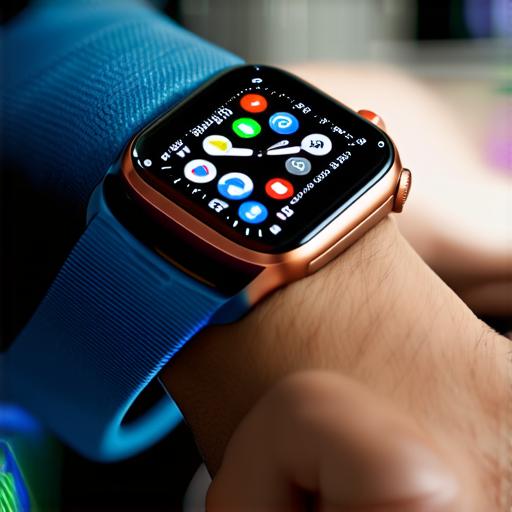What is needed to develop a mobile app?
1. Define Your App Concept and Purpose
Before you start developing your mobile app, it’s essential to define its concept and purpose clearly. What problem does your app solve? Who is your target audience? What unique features does your app offer compared to other similar apps on the market? Answering these questions will help you create a clear and compelling vision for your app that will guide your development process.
For example, let’s consider the popular fitness app, MyFitnessPal. The app’s purpose is to help users track their food intake and exercise, which in turn helps them achieve their fitness goals. By defining its purpose clearly, MyFitnessPal has been able to attract a loyal user base and become one of the most successful fitness apps on the market.
2. Conduct Market Research
Once you have defined your app concept and purpose, it’s time to conduct market research to determine if there is a demand for such an app. This involves analyzing the competition, understanding user needs and preferences, and identifying potential revenue streams.
By conducting market research, you can gain valuable insights into what features your target audience wants in a fitness app, which can help you differentiate your app from competitors and increase its chances of success. Additionally, market research can help you identify potential partnerships and collaborations that could further enhance the functionality and appeal of your app.
3. Choose Your Development Platform
Once you have conducted market research and defined your app concept and purpose, it’s time to choose your development platform. There are several options available, including native development for iOS or Android, cross-platform development using tools like React Native or Xamarin, and cloud-based development using platforms like Firebase or AWS.
The choice of development platform will depend on several factors, such as your target audience, the complexity of your app, and your budget. For example, if you are targeting a global audience with a simple app, cross-platform development may be the most cost-effective option. However, if your app requires complex functionality or integrations with native APIs, native development may be the best choice.
4. Develop Your App’s User Interface and Design
Once you have chosen your development platform, it’s time to develop your app’s user interface and design. This involves creating wireframes and mockups of your app’s screens, choosing a color scheme and typography, and designing the overall look and feel of your app.
When developing your app’s user interface and design, it’s essential to keep in mind the usability and accessibility of your app. Your app should be easy to navigate and use, with clear calls-to-action and intuitive interactions. Additionally, your app should be designed to work seamlessly across different devices and screen sizes.
5. Develop Your App’s Functionality
Once you have developed your app’s user interface and design, it’s time to develop its functionality. This involves writing code, integrating third-party APIs, and testing your app for bugs and performance issues.
When developing your app’s functionality, it’s essential to keep in mind the scalability and maintainability of your code. Your code should be well-organized and easy to read, with clear comments and documentation that explain how your app works. Additionally, your app should be designed to handle high volumes of users and data, with robust error handling and performance optimization techniques.
6. Test Your App for Bugs and Performance Issues
Once you have developed your app’s functionality, it’s time to test it for bugs and performance issues. This involves running automated and manual tests, collecting user feedback, and optimizing your app’s performance based on the results.
When testing your app for bugs and performance issues, it’s essential to be thorough and methodical. You should test your app across different devices, platforms, and network conditions, and identify any issues that could affect its functionality or usability. Additionally, you should collect user feedback and incorporate it into your development process to ensure that your app meets their needs and expectations.
7. Launch Your App and Market It Effectively
Once you have developed and tested your app, it’s time to launch it on the app stores and market it effectively. This involves creating a compelling marketing strategy, promoting your app on social media and other channels, and engaging with your users to build a loyal community around your app.

When launching your app and marketing it effectively, it’s essential to be strategic and focused. You should identify the most effective marketing channels for your target audience and create a content marketing plan that positions your app as a thought leader in your industry. Additionally, you should engage with your users by responding to their feedback and requests, and continuously updating your app with new features and improvements.
Summary
Developing a mobile app requires careful planning and execution, but with the right approach, it can be a highly rewarding experience. By defining your app concept and purpose, conducting market research, choosing the right development platform, developing your app’s user interface and design, developing its functionality, testing it for bugs and performance issues, launching it effectively, and marketing it effectively, you can create a successful mobile app that meets the needs of your target audience.
Remember, developing a mobile app is an ongoing process that requires continuous improvement and adaptation. By staying up-to-date with the latest trends and technologies in mobile app development, and by continually engaging with your users, you can ensure that your app remains relevant and valuable to your target audience.
